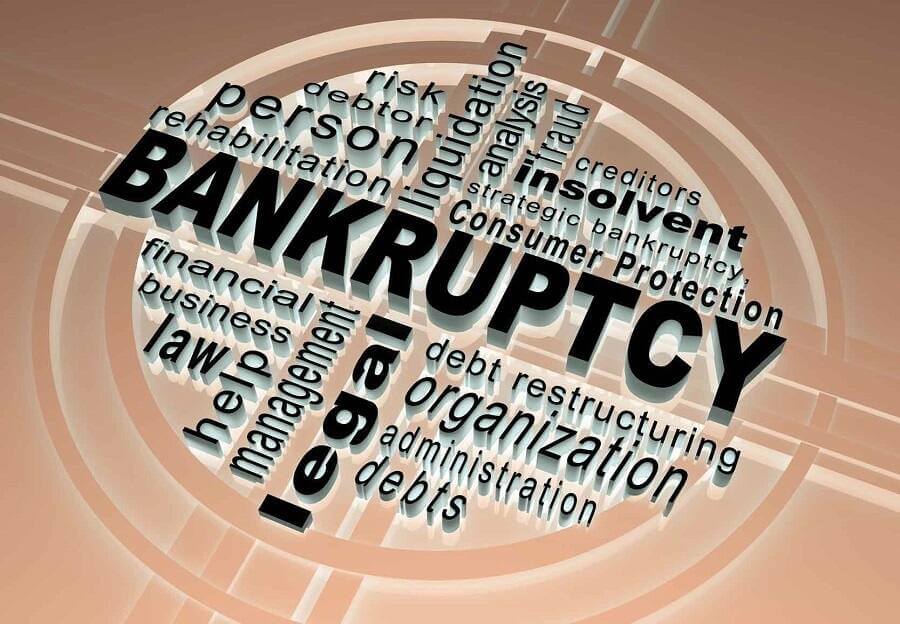In shocking news, Go First, India’s largest airline, announced that it had filed for bankruptcy due to the impact of the COVID-19 pandemic on the aviation industry. But what is Bankruptcy and Insolvency? This news highlights the importance of understanding the bankruptcy process and its implications, not only for businesses but also for individuals.
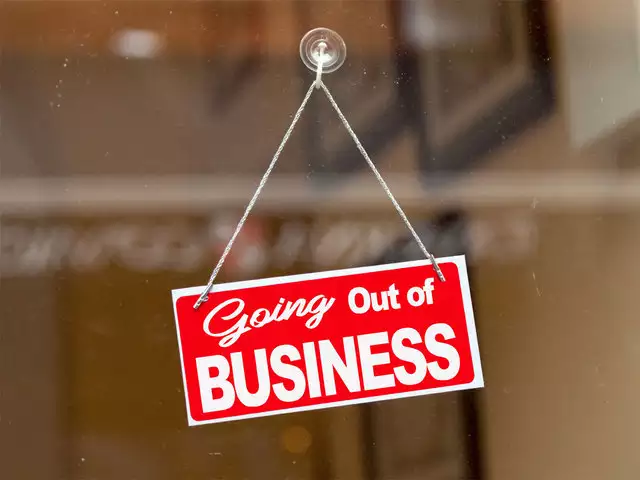
Bankruptcy and insolvency are two concepts that are often used interchangeably, but they actually have distinct meanings. Both involve financial difficulties, but the specifics of each situation are different. Bankruptcy refers to a legal process that individuals and businesses can use to manage or eliminate their debt. Insolvency, on the other hand, is a financial condition in which an individual or entity is unable to meet their financial obligations as they become due.
In this blog, we will explore the differences between bankruptcy and insolvency, the various types of bankruptcy available, the legal requirements for filing, and what steps individuals and businesses can take to address insolvency. Whether you are facing financial difficulties or simply looking to educate yourself on these important topics, this blog will provide valuable insights and information.
What is Bankruptcy and Insolvency? Understanding the differences
Bankruptcy and insolvency are two terms that are often used interchangeably, but they have distinct differences. Bankruptcy is a legal process that allows individuals or businesses to eliminate or restructure their debt under court supervision. Insolvency, on the other hand, is a financial condition in which an individual or entity is unable to pay their debts as they become due. While bankruptcy is a legal process, insolvency is a financial condition that can be addressed through negotiation with creditors or other strategies. Understanding the differences between bankruptcy and insolvency is important for making informed financial decisions and developing a plan to address debt and financial difficulties.
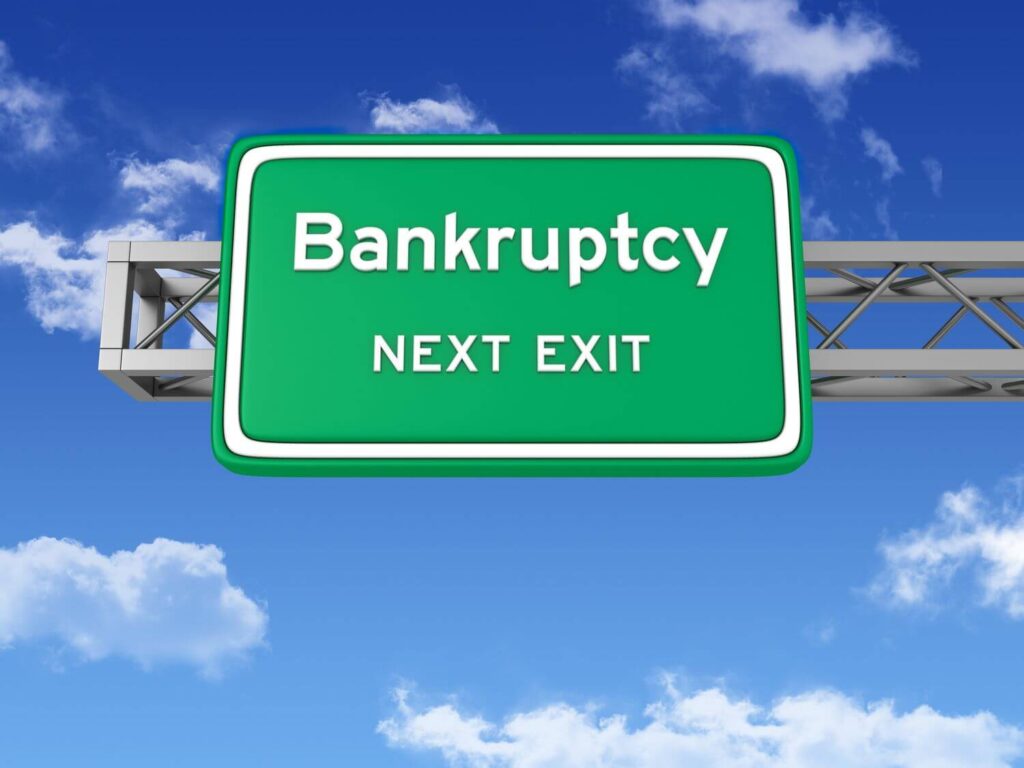
The Legal Process of Filing for Bankruptcy
The legal process of filing for bankruptcy can be complex and involves several steps. Here is an overview of the process:
- Credit counseling: Before filing for bankruptcy, individuals must complete a credit counseling course from an approved provider.
- Filing a petition: The next step is to file a petition with the bankruptcy court, which includes detailed financial information such as income, expenses, and assets.
- Automatic stay: Once the petition is filed, an automatic stay goes into effect, which prohibits creditors from taking any collection actions against the debtor.
- Meeting of creditors: A meeting of creditors is held to allow creditors to ask questions and review the debtor’s financial information.
- Discharge: If the court approves the bankruptcy petition, the debtor may receive a discharge of their debts, which means they are no longer legally obligated to pay them.
- Post-bankruptcy counseling: Individuals must complete a post-bankruptcy counseling course before their debts can be discharged.
It’s important to note that the bankruptcy process can vary depending on the type of bankruptcy being filed.
Navigating the legal process of filing for bankruptcy can be overwhelming, which is why it’s important to seek the advice of a qualified bankruptcy attorney. An attorney can help guide individuals through the process, ensure that all legal requirements are met, and help them make informed decisions about their financial future.
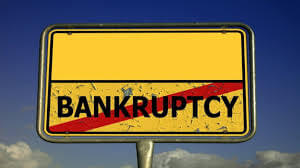
Pros and Cons of Filing for Bankruptcy
Filing for bankruptcy can be a difficult decision to make, as it can have both positive and negative consequences. Here are some pros and cons to consider before deciding whether to file for bankruptcy:
Pros:
- Debt relief: Bankruptcy can provide relief from overwhelming debt by allowing you to eliminate or restructure your debt.
- Protection from creditors: Once you file for bankruptcy, creditors must stop pursuing collections efforts, including phone calls and letters.
- Legal protection: Bankruptcy provides legal protection against wage garnishments, foreclosures, and other forms of debt collection.
- Fresh start: Bankruptcy can provide a fresh start by wiping out most or all of your unsecured debt and allowing you to rebuild your credit.
Cons:
- Credit damage: Filing for bankruptcy will damage your credit score, making it harder to obtain loans or credit in the future.
- Public record: Bankruptcy is a public record that will stay on your credit report for up to 10 years.
- Loss of assets: Depending on the type of bankruptcy you file, you may be required to liquidate assets to pay off creditors.
- Legal fees: Filing for bankruptcy can be expensive, with legal fees and court costs adding up quickly.
It’s important to weigh the pros and cons of filing for bankruptcy and consider all your options before making a decision. Bankruptcy is not a solution for everyone, and it’s important to seek the advice of a qualified professional to help you make the right decision for your financial situation.
Read More : What is RRTS Project? Know Everything About Fastest Train in India
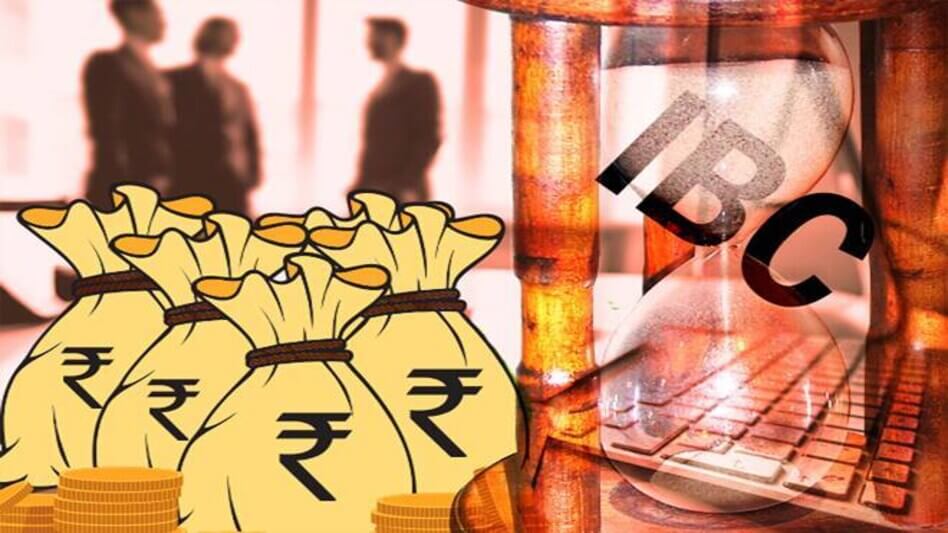
Differences between Personal and Business Bankruptcy
Personal bankruptcy and business bankruptcy are two distinct legal processes with different implications for individuals and businesses. Personal bankruptcy, also known as consumer bankruptcy, is typically used by individuals to eliminate or restructure their debt. Business bankruptcy, on the other hand, is used by businesses to reorganize or liquidate their assets and debts. While personal bankruptcy typically involves liquidating assets to pay off creditors, business bankruptcy may involve reorganizing the business and continuing operations under a new ownership or structure. Understanding the differences between personal and business bankruptcy is important for individuals and businesses facing financial difficulties and considering their options for debt relief.
Insolvency is a financial condition in which an individual or entity is unable to pay their debts as they become due. Here are some signs, causes, and consequences of insolvency:

Insolvency: Signs, Causes, and Consequences
Signs of Insolvency:
– Constantly struggling to make ends meet
– Missing payments or making late payments on bills and debts
– Increasing reliance on credit cards or loans to cover expenses
– Collection calls and letters from creditors
– Legal action such as wage garnishments or lawsuits
Causes of Insolvency:
– Job loss or reduced income
– Unexpected expenses such as medical bills or home repairs
– Poor financial management or overspending
– Divorce or other personal issues
– Economic downturns or recessions
Consequences of Insolvency:
– Damaged credit score
– Collection efforts and legal action from creditors
– Foreclosure or repossession of assets
– Garnishment of wages or bank accounts
– Difficulty obtaining credit or loans in the future
Recognizing the signs and causes of insolvency can help individuals take action to address their financial situation before it spirals out of control. Seeking the advice of a financial advisor or credit counselor can be a helpful step towards developing a plan to address insolvency and get back on track financially.

How to Address Insolvency: Negotiating with Creditors and Other Strategies
If you are facing insolvency, there are several strategies you can use to address your financial situation. Negotiating with creditors to reduce interest rates or settle debts for a lower amount can be effective in some cases. Other strategies include developing a budget and spending plan, selling assets to generate income, and seeking assistance from non-profit credit counseling agencies. It’s important to be proactive and take action to address insolvency, as ignoring the problem can lead to further financial damage. Seeking the advice of a financial advisor or credit counselor can be helpful in developing a plan to address insolvency and get back on track financially.
Conclusion
This article is all about What is Bankruptcy and Insolvency. While bankruptcy can provide relief and a fresh start, it also comes with its own set of challenges and potential drawbacks. Insolvency, on the other hand, is a financial condition that requires careful attention and management to avoid further financial damage. Understanding the legal and financial implications of bankruptcy and insolvency is essential for making informed decisions and developing a plan to address debt and financial difficulties. Seeking the advice of professionals such as bankruptcy attorneys, financial advisors, and credit counselors can be helpful in navigating these complex situations and developing a path towards a more stable financial future.
